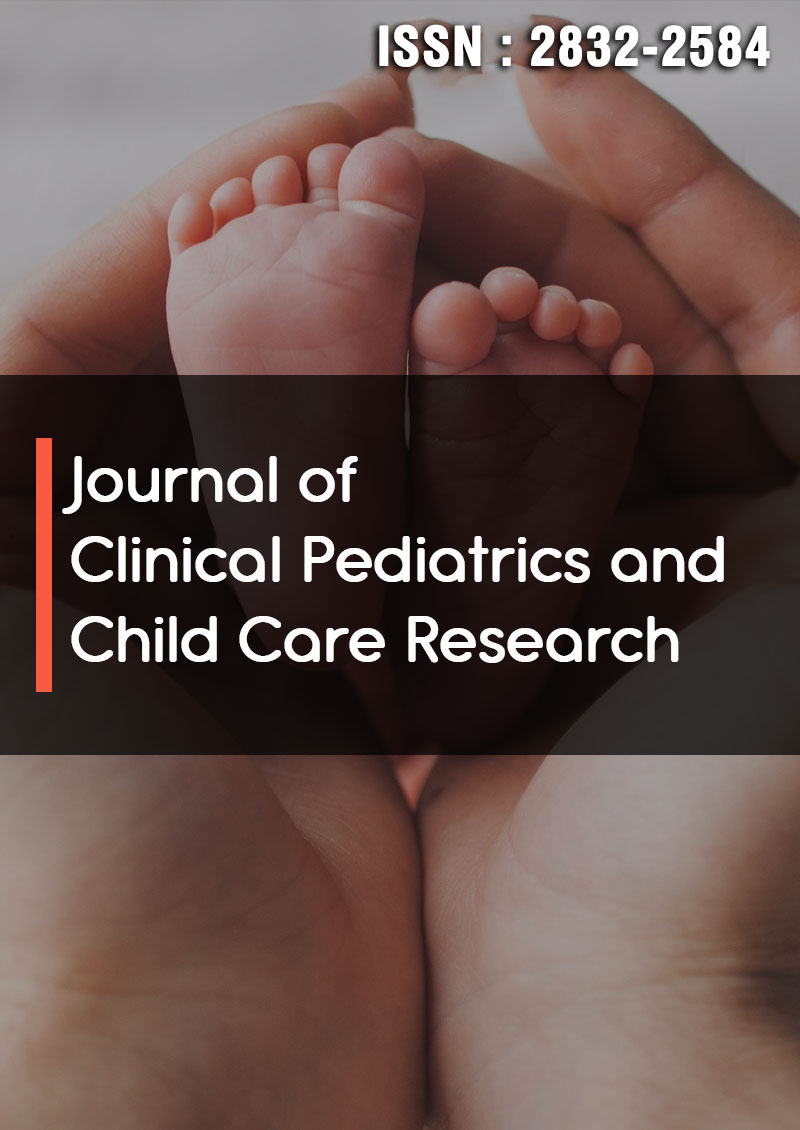Contribution of Endoscopy in the Diagnosis of Digestive Pathologies in Children in the Pediatrics Department of Gabriel TOURE Hospital
Abstract
Traore K, Maiga B, Sacko K, Dembele A, Coulibaly A, Traore B, Cisse ME, Traore F, Toure A, Konare H, Diarra M, Ouattara A, Diall H, Togo P, Doumbia A, Coulibaly O, Konate D, Diakite AA, Dicko F, Togo B and Sylla M
Introduction: Upper GI endoscopy is a method of visual exploration of the upper part of the digestive tract using an optical tube fitted with a lighting system called an endoscope or fiberscope. In Mali, very few data are available on digestive endoscopy in children. The aim of our study was to demonstrate the role of endoscopy in the diagnosis of digestive pathologies in the pediatric department of Gabriel Toure hospital.
Material and Methods: we conducted a retrospective study from January 2017 to December 2019 of children aged 0 to 15 years who had undergone upper GI endoscopy.
Results: during our study period, 52 cases of digestive endoscopy were recorded out of 24326 children hospitalized in the Department of Pediatrics at Gabriel Touré hospital, representing a frequency of occurrence of 0.21%. The sex ratio was 0.92. 40.4% of our patients underwent endoscopy before 24 hours. Lesions were located in the esophagus in 28.8% of cases. Only 11.5% of children underwent biopsy, and the death rate was 3.8%.
Conclusion: Digestive endoscopy is now a routine technique in paediatric gastrology, and represents a reliable diagnostic tool, provided that it is performed by an endoscopist trained in children and that the equipment is suitable.




